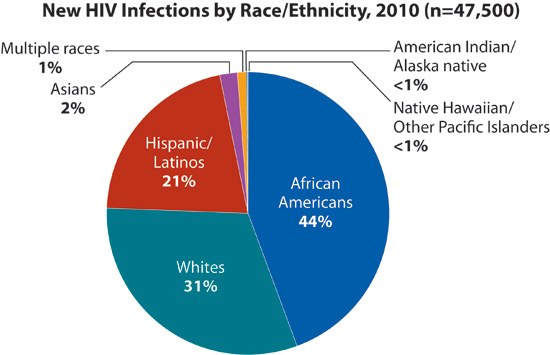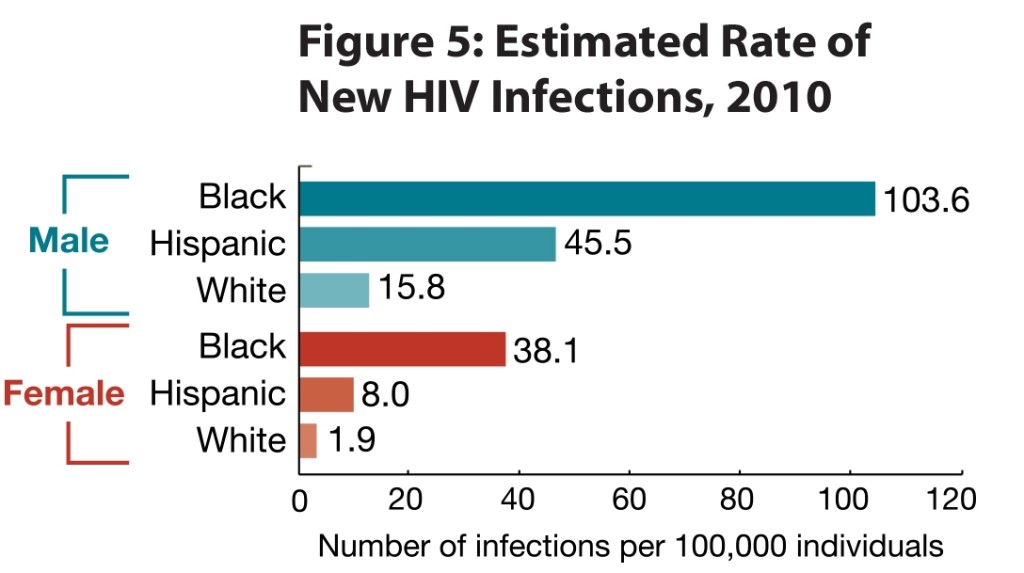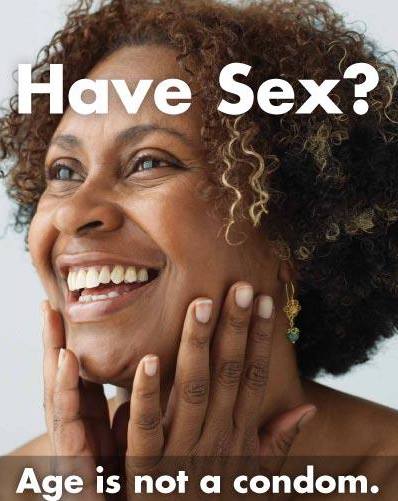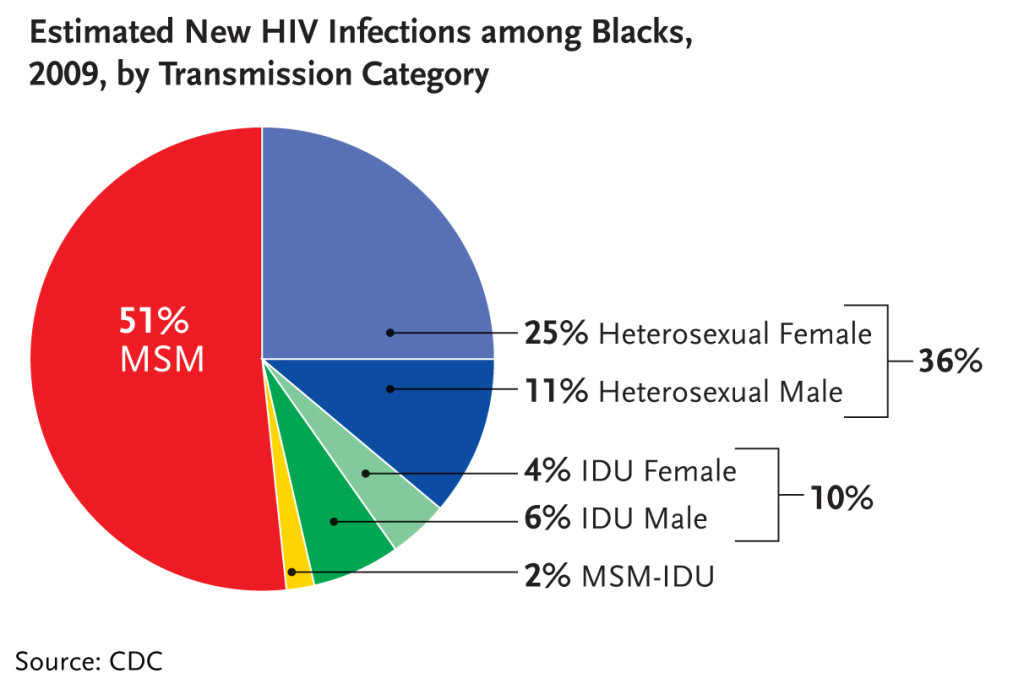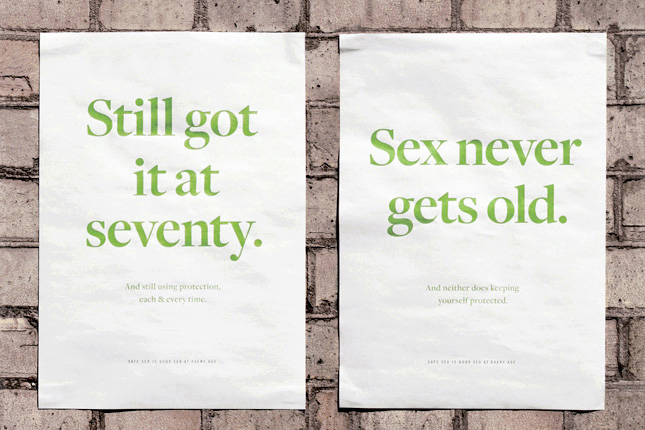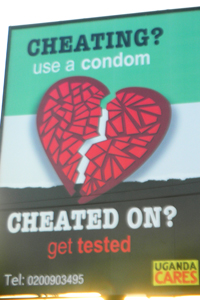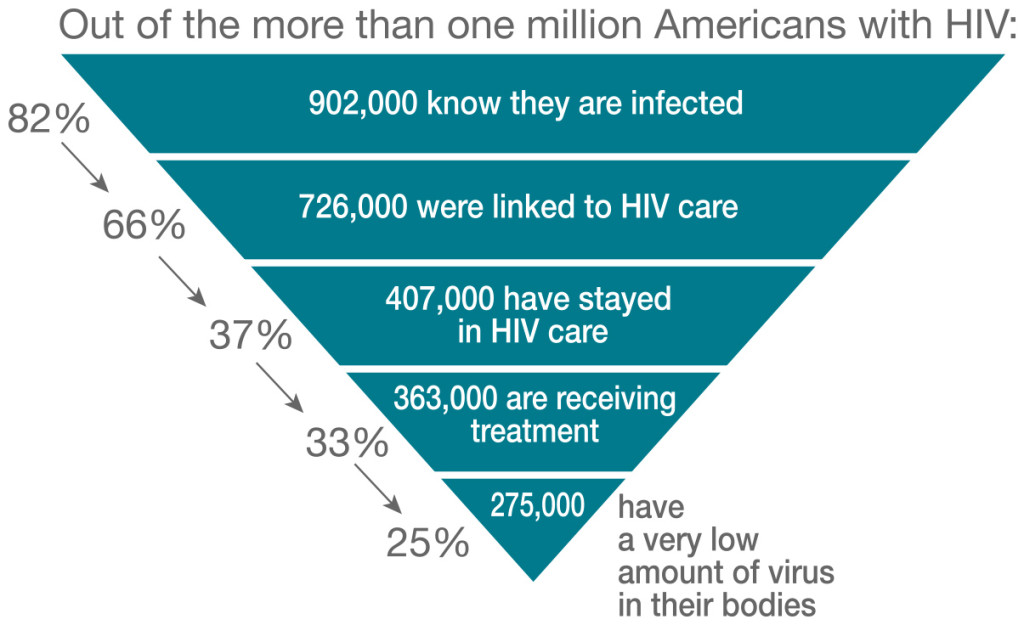In honor of Black History Month, the Diverse Elders Coalition is featuring stories relevant to black aging during February. A new story will be shared every Wednesday, with additional posts shared throughout the month. Be sure to visit diverseelders.org regularly during the month of February.
February 7th is National Black HIV/AIDS Awareness Day (NBHAAD). NBHAAD is an HIV testing and treatment community mobilization initiative for Blacks in the United States with four specific focal points: Get Educated, Get Tested, Get Involved and Get Treated.
Of special note to black older adults is that 17% of new HIV diagnoses in the U.S. occur in those 50 and older. Soon older adults will represent half of those in the U.S. infected with HIV and yet HIV+ black older adults often face rejection and feel discouraged from talking about the disease. The stigma and silence around HIV/AIDS in the Black community contributes to the rise of infections, later diagnoses, poorer prognoses and delayed treatment in black older adults.
1. HIV/AIDS remains a crisis, especially for Black Americans.
- While only 14% of the U.S. population, Black Americans account for 44% of all new infections as well as 44% of all people living with HIV.
- At some point in their lives, about one in 16 black men will be diagnosed with HIV as will one in 32 black women.
2. The rate of new HIV infections for Black Americans far, far exceeds that of other major racial/ethnic groups.
- HIV rate among blacks in 2010 was almost eight times higher than that of whites.
- The rate of new infections among black men was more than twice the rate of Hispanic men and more than six times the rate of white men.
- The rate of new infections among black women was nearly five times the rate of Hispanic women and twenty times the rate of white women.
3. The reasons why HIV infection rates are higher in Black communities.
The CDC says HIV racial disparities are driven by a range of factors including:
- The higher proportion of people living with HIV in many Black communities means individuals in those communities face a greater risk of infection with every sexual encounter.
- Stigma and homophobia, which may prevent many from seeking HIV testing, prevention and treatment services.
- Economic barriers and lack of insurance which can limit access to health care including HIV testing and treatment (untreated HIV+ people are typically much more infectious).
- Higher rates of incarceration among black men which may disrupt social and sexual networks and fuel the spread of HIV.
- Higher levels of STDs in Black communities which can make HIV transmission easier.
4. Other STDs are widespread in Black America.
- In 2011, according to the CDC, Blacks had 17 times the reported gonorrhea rates of whites and 7.9 times the rates of Hispanics.
- Chlamydia rates were 7.5 times those of whites and 3.1 times those of Hispanics.
- Syphilis rates were 6.7 times those of Whites and 3.4 times those of Hispanics.
- Having another STD makes it easier to get or give HIV.
- So sex without a condom or knowing your partner’s STD status is very risky.
5. Age is not a condom.
- Over 17% of new HIV diagnoses in the US in 2011 occurred in those aged 50 and over.
- The CDC estimates that by 2015 half of the people infected with HIV in the US. will be over 50 years old.
- People don’t always know or are not willing to share their HIV and other STD status.
- People don’t always have symptoms and you can’t tell by looking at them.
- Safe sex is good sex at every age.
6. You don’t have to be gay to get HIV.
- Black America, HIV has moved into the general population.
- Among Blacks in 2009, heterosexual women made up 25% and heterosexual men made up 11% of new HIV infections
- Black women are typically infected through heterosexual sex.
7. Condoms can save your life!
- Older men often avoid condoms because they may have trouble maintaining erections. Doctors can help treat erectile dysfunction by prescribing medication, counseling or other treatments.
- Older women often don’t insist on using condoms because pregnancy is no longer a risk. They also may not feel comfortable asking for condoms to be used.
- The physical changes of aging such as vaginal drying and the thinning of the vaginal wall due to a loss of estrogen can increase a woman’s susceptibility to HIV and other STDs.
8. If you go outside your relationship, use a condom.
- Realistically, marital infidelity happens – more than you would think or like to hope. University of Washington researchers found that the lifetime rate of infidelity for men over 60 increased to 28 percent in 2006, up from 20 percent in 1991. For women over 60, the increase is more striking: to 15 percent, up from 5 percent in 1991.
- Use a condom with all partners to minimize everyone’s risk. You have the responsibility of another person’s health in your hands.
9. Get tested frequently — at least once a year.
- According to a Kaiser Family Foundation study, 45 percent of Blacks aged 18-64 were tested for HIV in the last year meaning 55% were not tested. 23% said they had never been tested.
- Estimates indicate that 1 in 5 Blacks living with HIV do not know they are infected.
- 40 percent of older singles said they had never been tested for HIV, and a significant number didn’t know their partners’ sexual history.
- The CDC recommends that all sexually active people ages 13 to 64 get tested for HIV each year. Why stop at 64? If you are sexually active, get tested!
- The combination of many health care providers not testing older people for HIV (perhaps assuming they don’t have sex) and the tendency of mistaking HIV symptoms for those of normal aging can lead more older adults to being diagnosed later and having a poorer prognosis.
10. Once infected, getting treatment is essential for both you and your partner(s)!
- In the mid-1990s, the introduction of new highly effective medications, greatly extended the life expectancy of people living with HIV and caused a dramatic drop in AIDS deaths.
- Without medical care, HIV still leads to AIDS and early death.
- Treatment can help people with HIV live longer, healthier lives.
- Treatment also GREATLY reduces the chance of passing HIV on to others.
- Only 25% of the people with HIV in the US are successfully keeping their virus under control.
- HIV/AIDS testing, treatment and medical care are essential to your health and the health of your partner(s).
READ OUR OTHER BLACK HISTORY MONTH STORIES:
You won’t believe what I learned from our black elders (Black History Month)
Patrick Aitcheson is the Communications and Logistics Administrator for the Diverse Elders Coalition (DEC). The opinions expressed in this article are those of the author and do not necessarily reflect those of the Diverse Elders Coalition.


